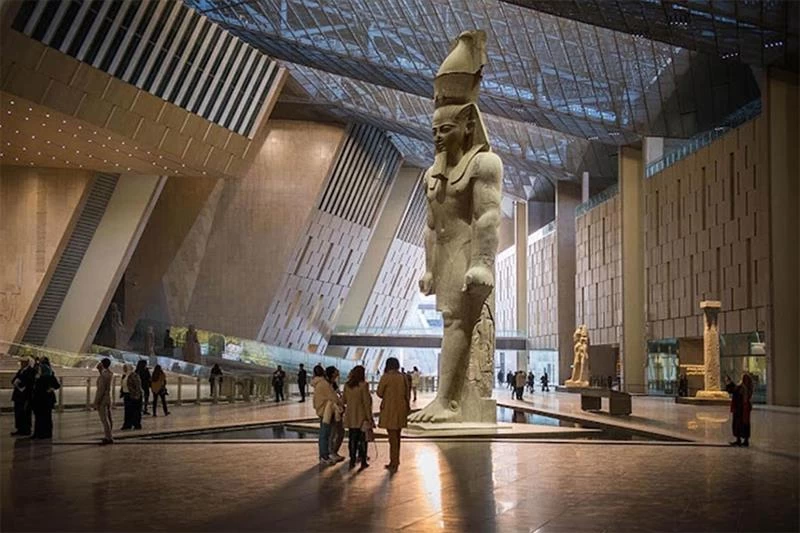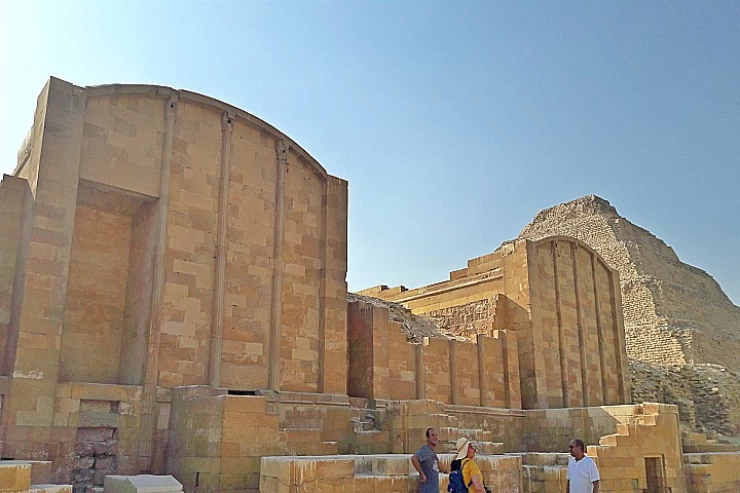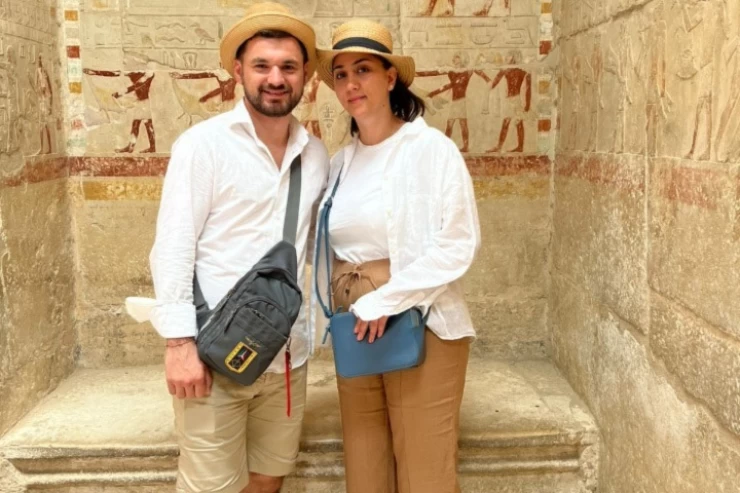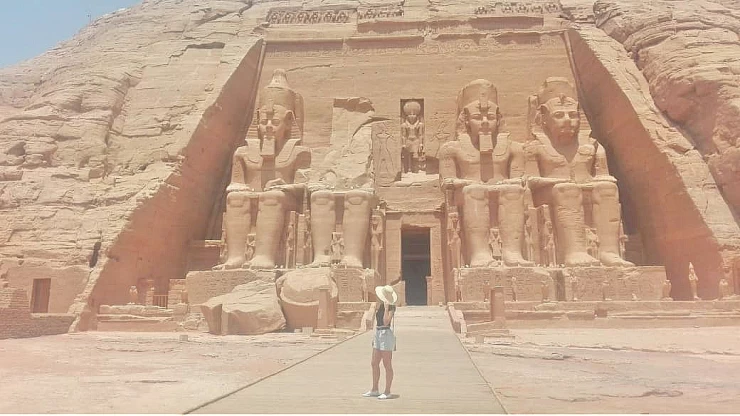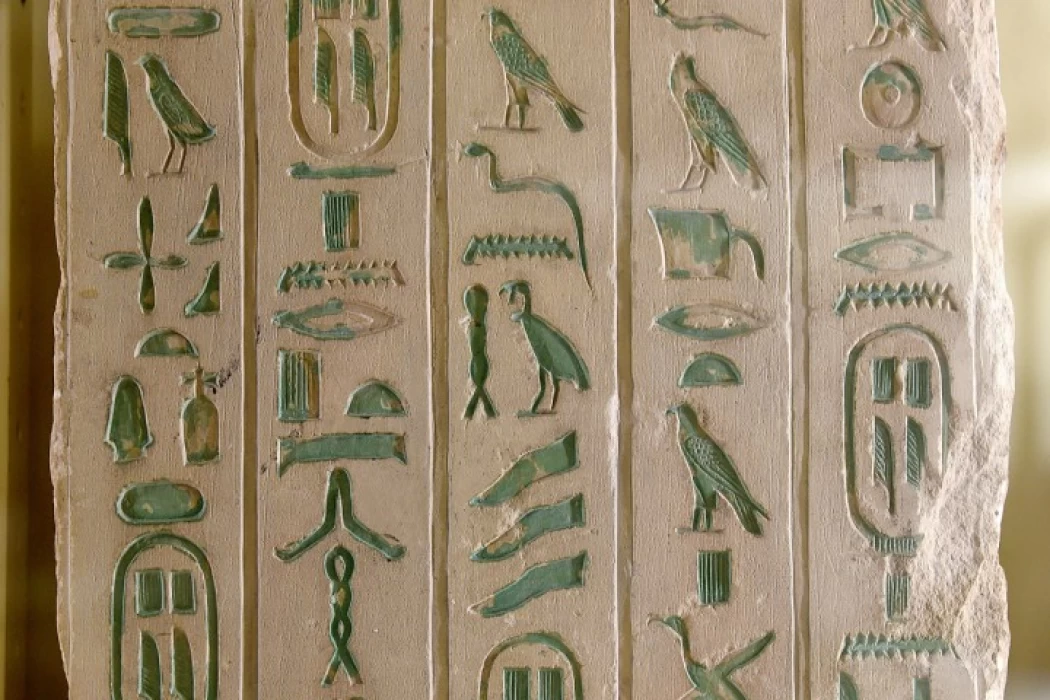
Writing in Ancient Egypt
Writing in Ancient Egypt
The characteristics of Egyptian writing:
The ancient Egyptians learned pictographic writing from the Sumerians and blended it with ideographs. The difference between a pictograph and an ideograph simply is that Pictograph associates each symbol with the representation of a real object, while an ideograph extends this function also to concepts and their pronunciation.
Egyptian writing is a type of non-alphabetic writing composed of thousands of signs, logograms, syllabic phonetic signs, and determinative signs. For example:
- Logograms are representative symbols of things, people, or divine beings.
- Phonetic signs in Egyptian writing have a syllabic nature and are used to indicate concepts otherwise difficult to communicate through figures.
- Definitive signs or determinative signs are silent signs used to clarify the meaning of concepts in cases of the uncertainty of interpretation.
Hieroglyphic writing is composed of thousands of signs, it is a type of communication that requires great graphic ability and very long and selective training to learn its use.
The scribes:
In ancient Egypt, written communication is entrusted to the scribes, a class of public officials who occupy a high position in Egyptian society. The caste of scribes enjoys the appreciation of both the priestly caste and the pharaoh.
In addition to the preservation of knowledge and religious scriptures, scribes also play an important role in the design of civil works and the economic administration of the kingdom.
Writing in Egyptian society:
Writing plays a role of fundamental importance in ancient Egyptian society. It is an indispensable form of communication to archive and inventory every movement into or out of public warehouses.
In ancient Egypt there is no private property, therefore every single public activity must be noted. Writing is an indispensable tool for planning the construction of immense architectural, monumental, and civil works. The entire agricultural cycle and the life of the ancient Egyptian population derive from the floods of the Nile and from the effectiveness of the artificial works that regulate them.
For these reasons, writing is one of the most important public functions in Egyptian society. Poor accounting for food production and storage can cause long periods of scarcity and famine for the whole population.
The different types of writing in ancient Egypt:
Depending on the use and context of communication, the scribes adopt a different type of writing:
- Hieroglyphic writing is a monumental type of writing in which signs represent things and concepts. Egyptian hieroglyphic writing was translated at the beginning of the nineteenth century thanks to the discovery of the Rosetta Stone. From a simplification of hieroglyphic writing arise hieratic writing and demotic writing.
- Hieratic writing is mainly used by priests for religious practice.
- Demotic writing is instead used for more common uses and activities.
The use of papyrus and pen:
To write the scribes use papyrus, a sheet obtained from the bark of a tall tree, and is one of the first flexible supports for written communication. For the first time in human history, it is used to write pen and ink. The ancient Egyptians used a pen obtained by working the stem of a rush. The pen is immersed in a liquid composed of water, glue, and ash. By placing the pen on the papyrus, the sheet absorbs the ink leaving the written mark visible.
The advantage of papyrus compared to clay tablets is that written communication on the papyrus is much more practical as it allows you to store more information and facilitates the transport of written support in remote communications.
Would you like to experience a journey through ancient Egyptian culture and mythology? you can make it happen and spend a day visiting Abydos, Giza, Luxor, Aswan to see the tombs of the pharaohs adorned with very clear, detailed and beautifully painted scenes of the various deities of ancient Egypt, as well as many other sites, cities, adventures and things to do in Cairo, you can try booking one of our Egypt travel packages and many private guided Cairo day trips from the airport and Egypt day trips to explore the capital of Egypt, Cairo you can check out many of the Egypt itineraries or take one of our complete Cairo day trips







